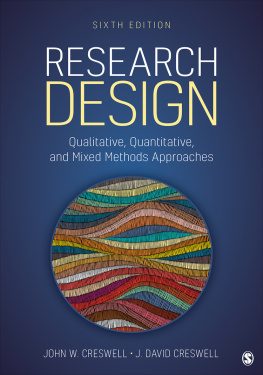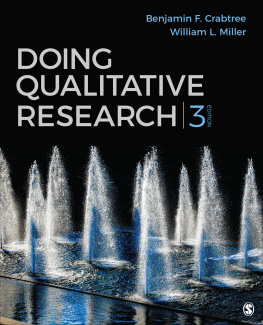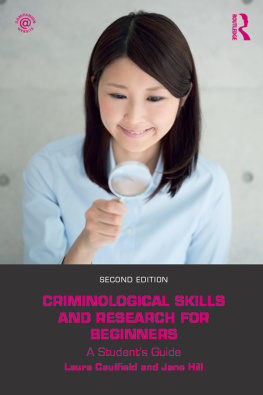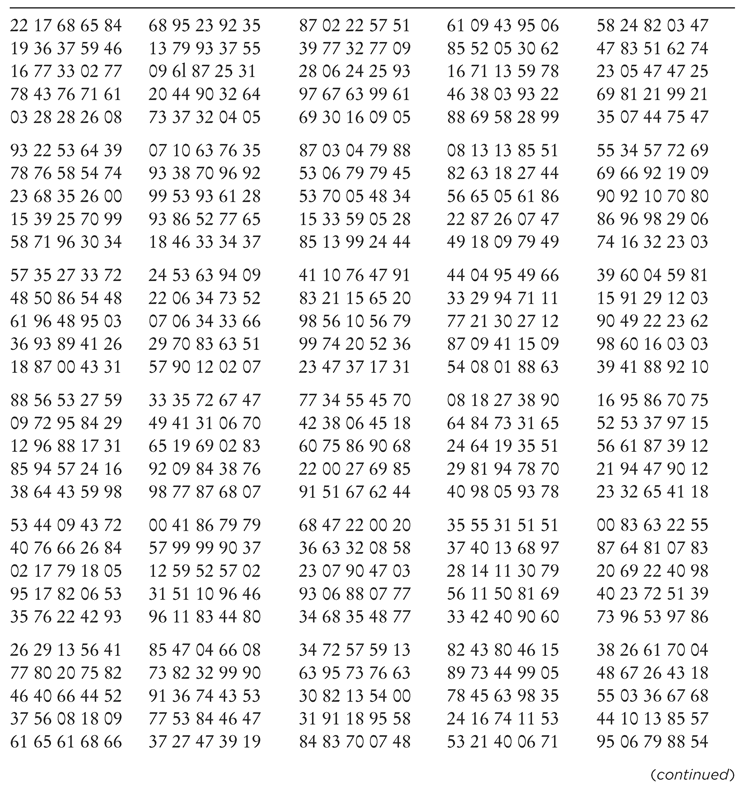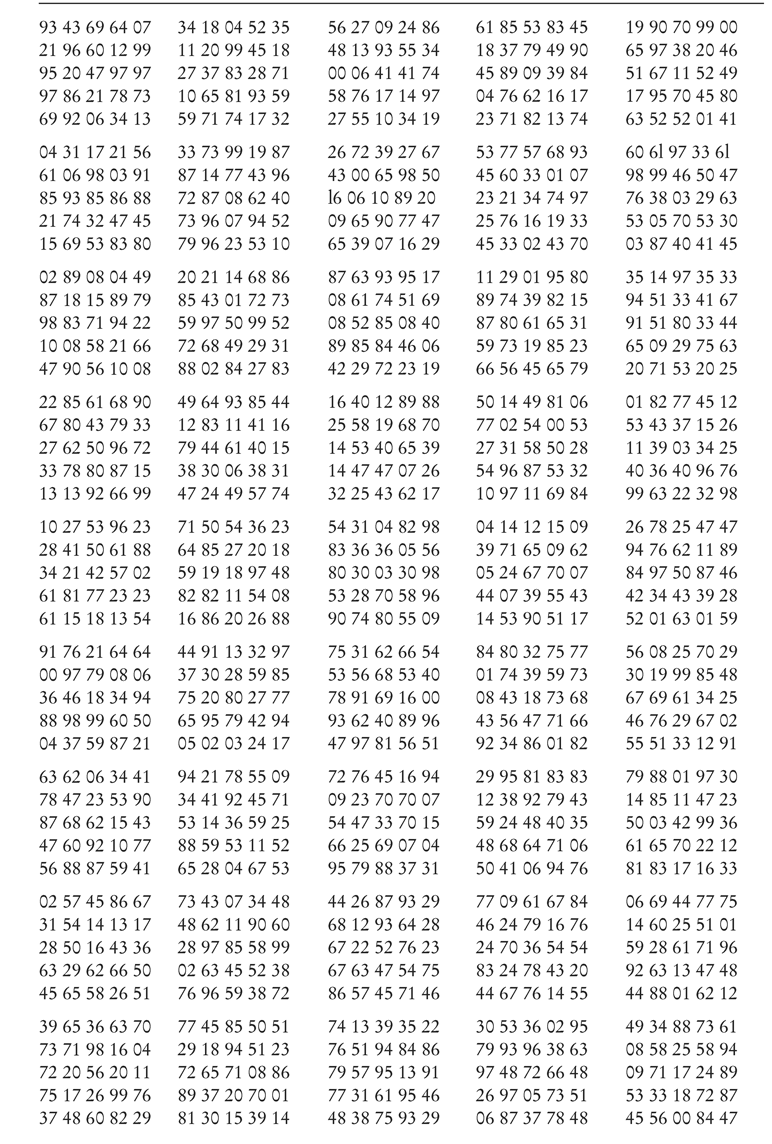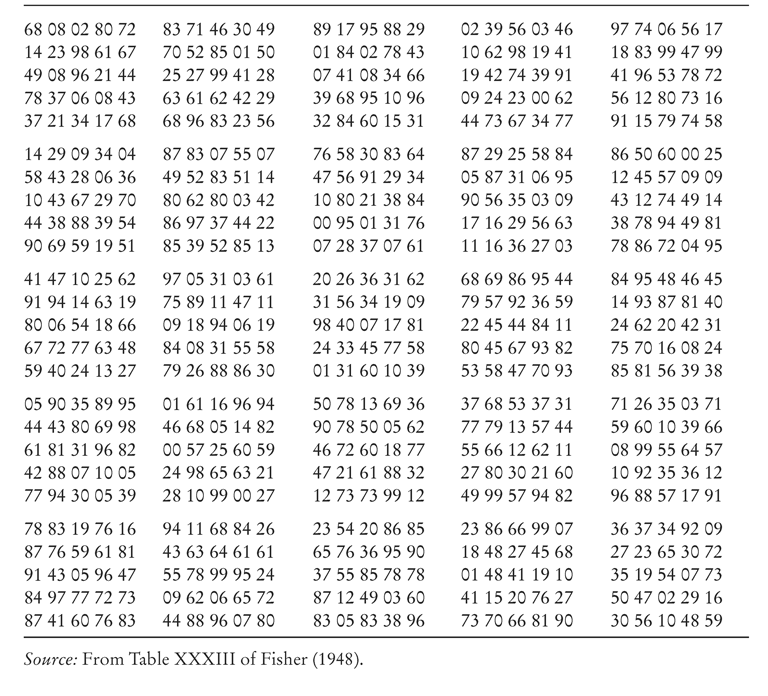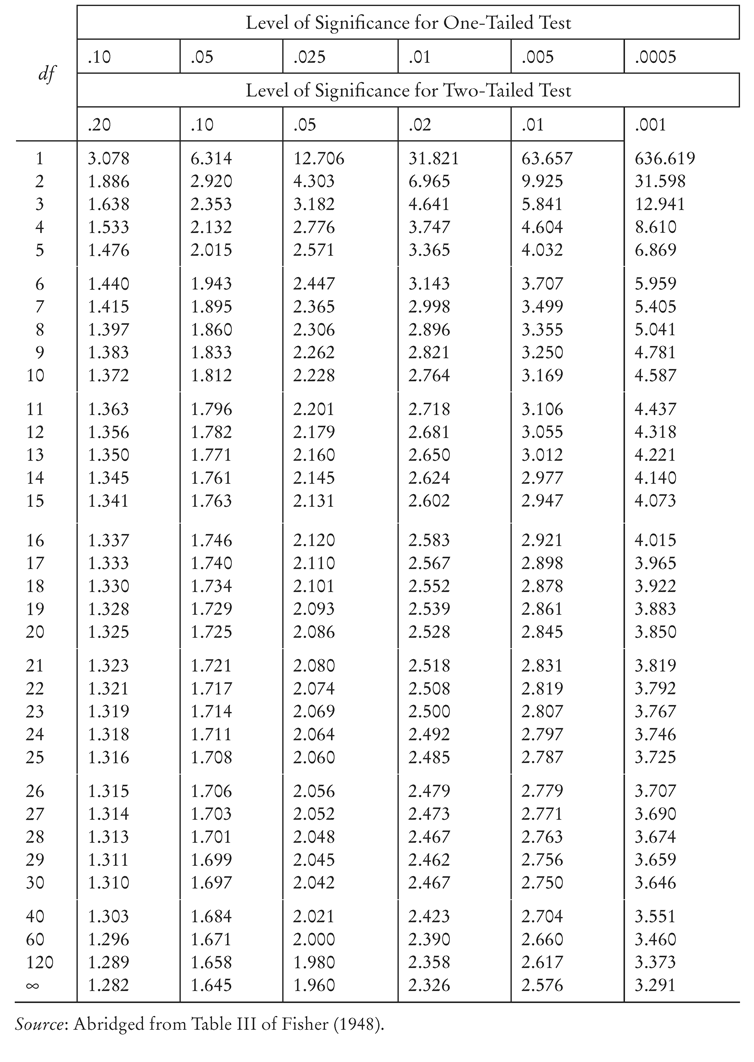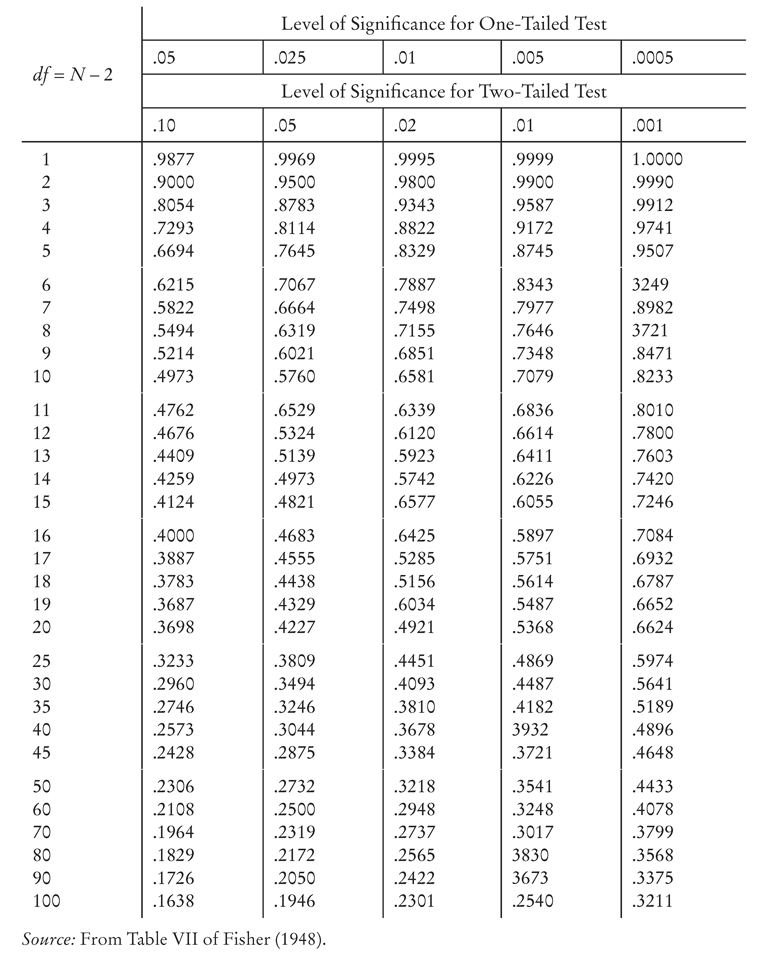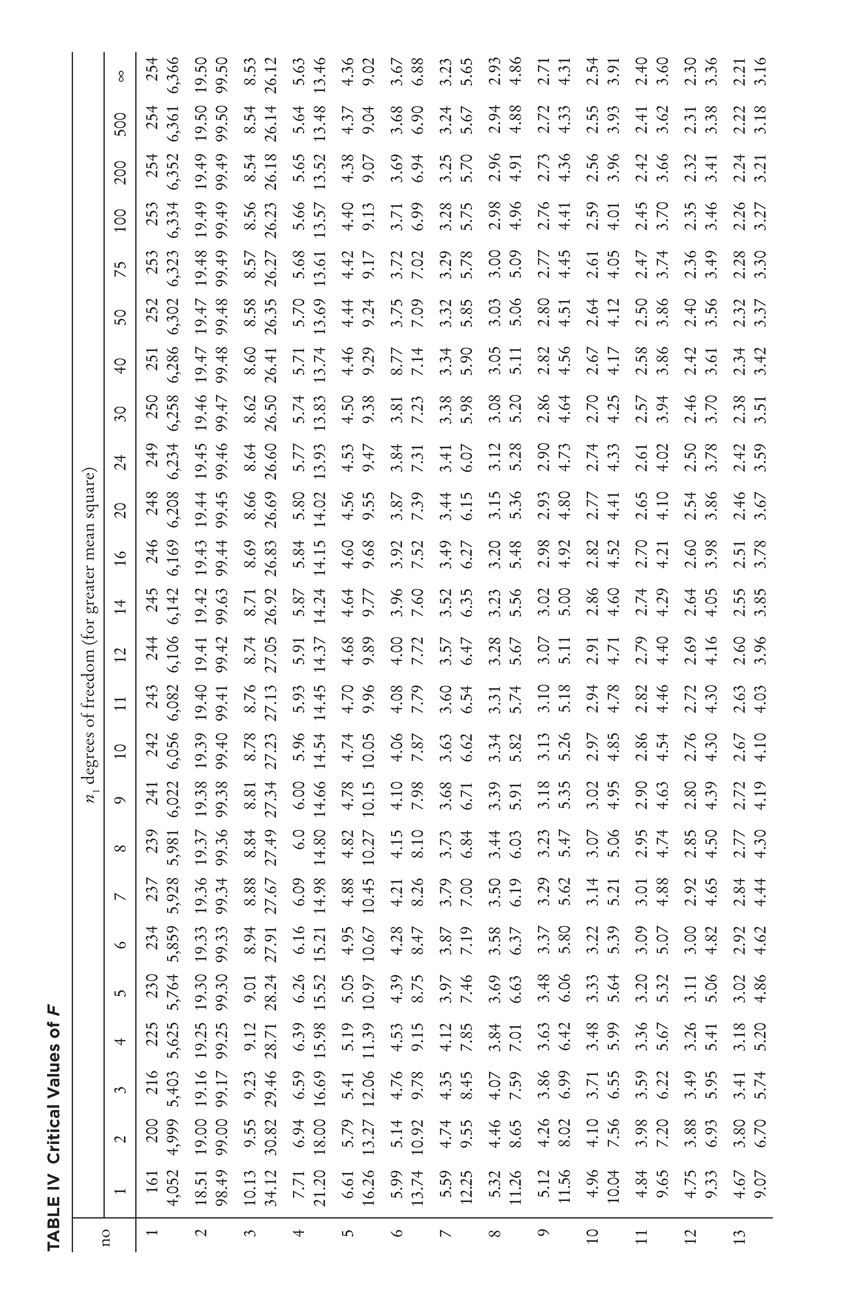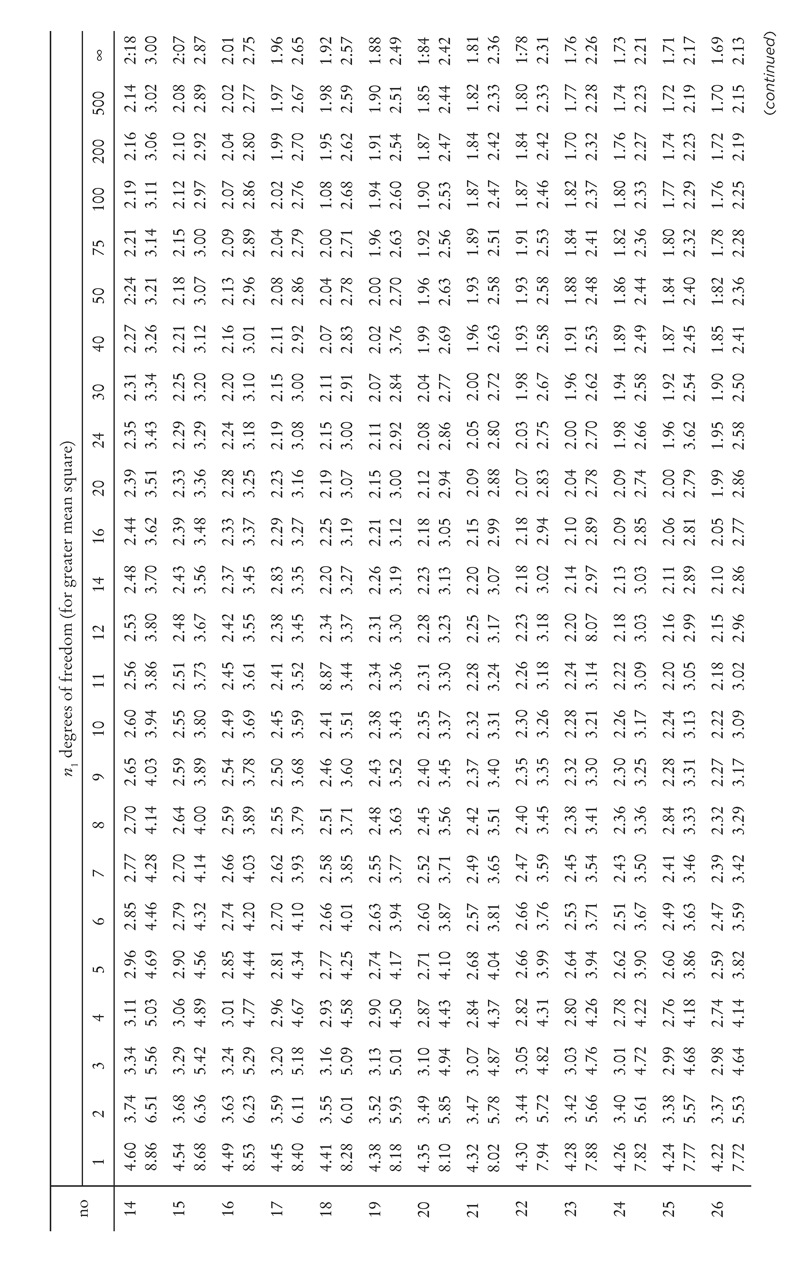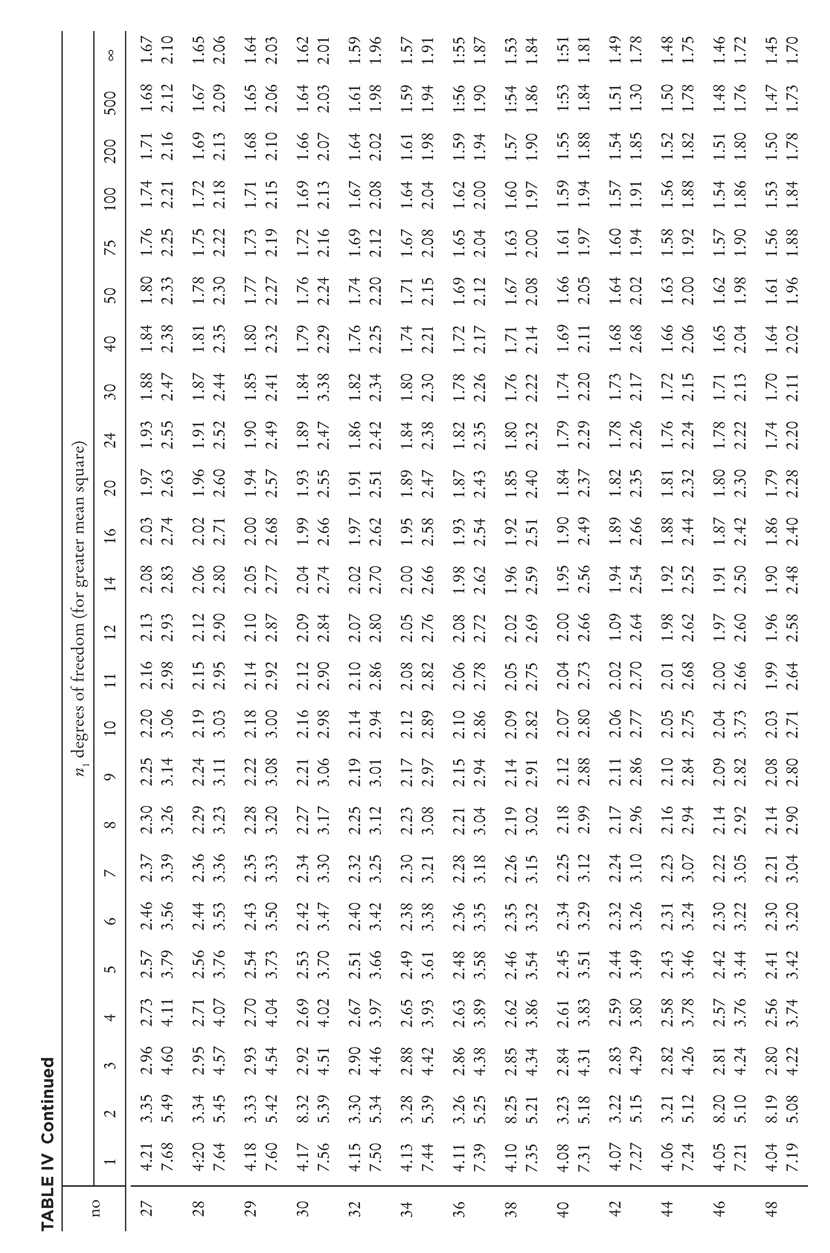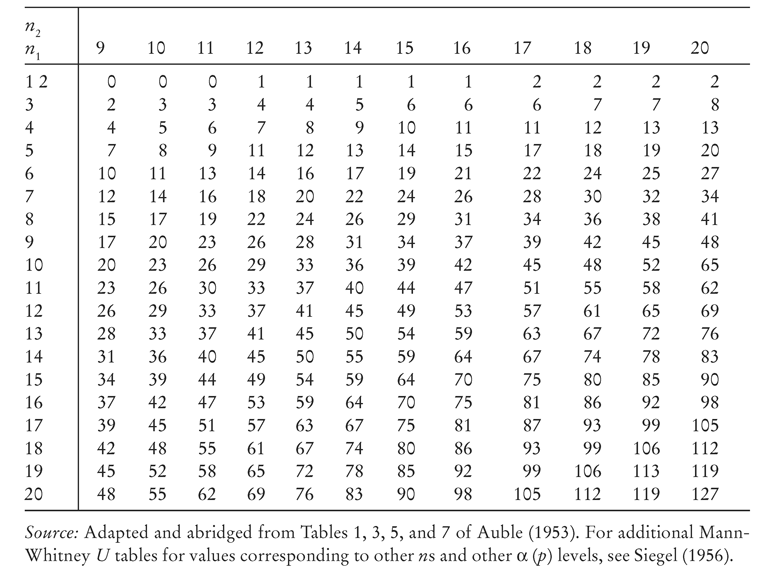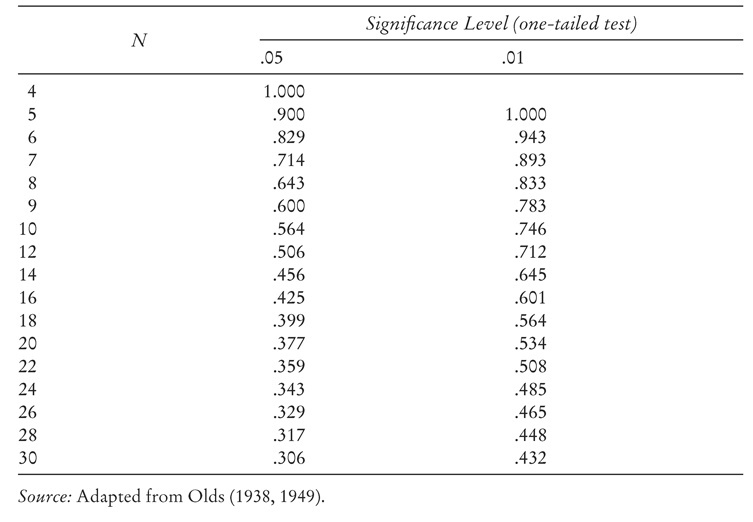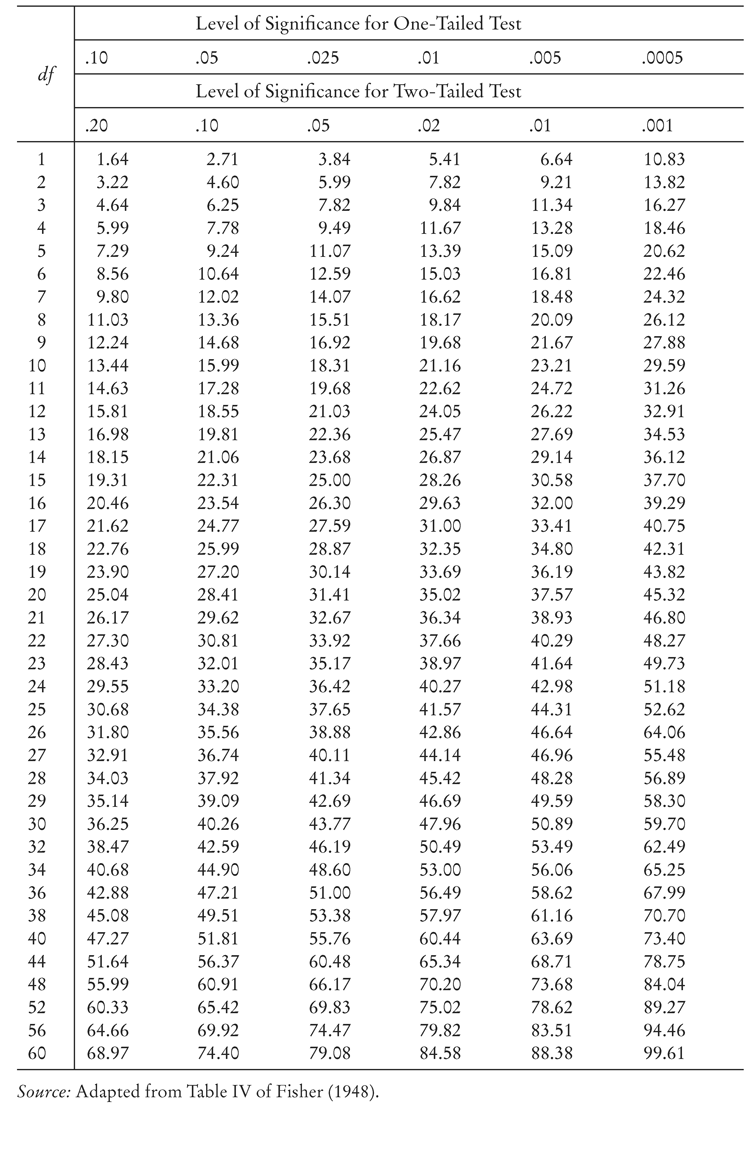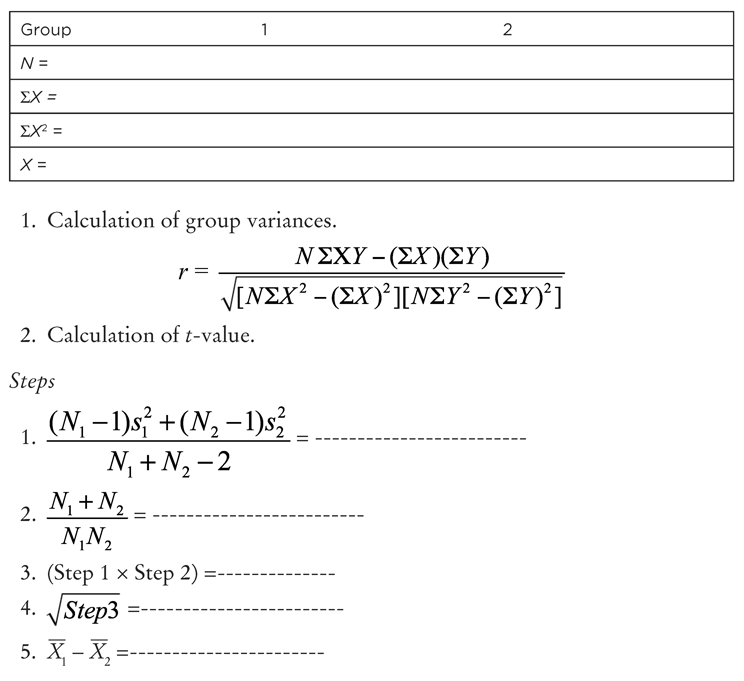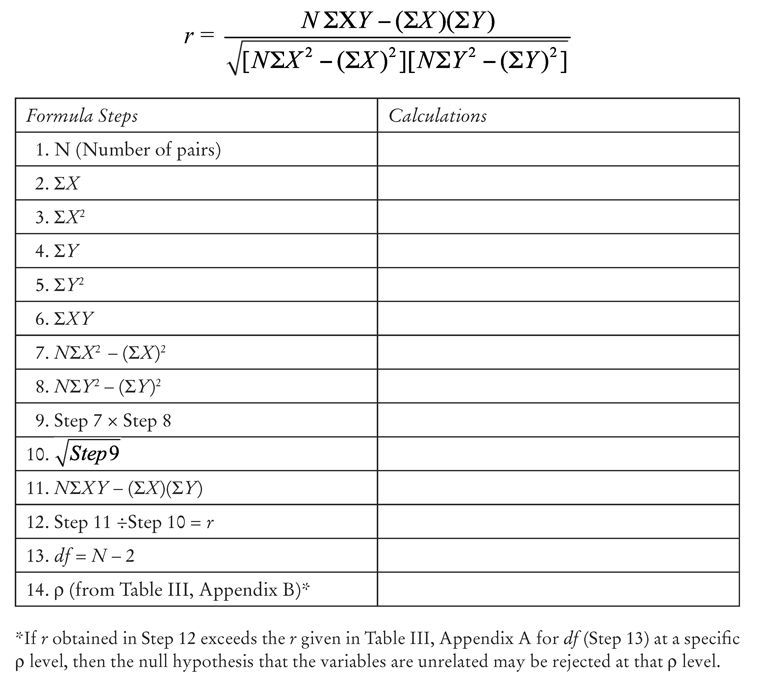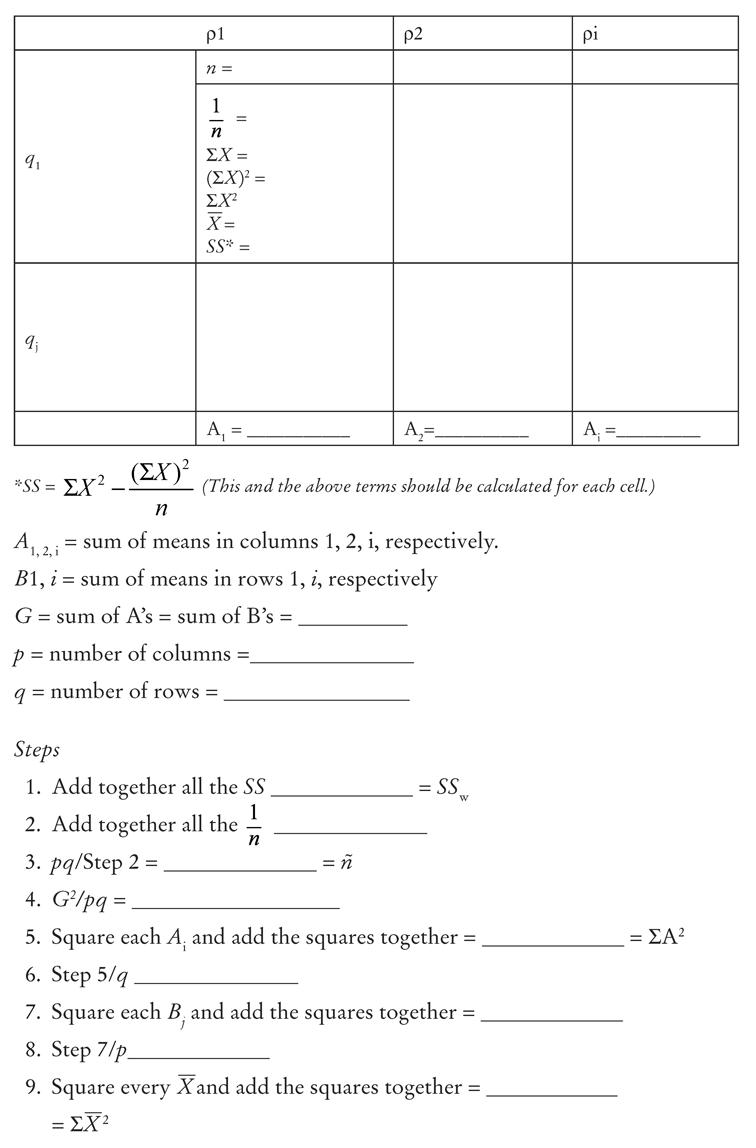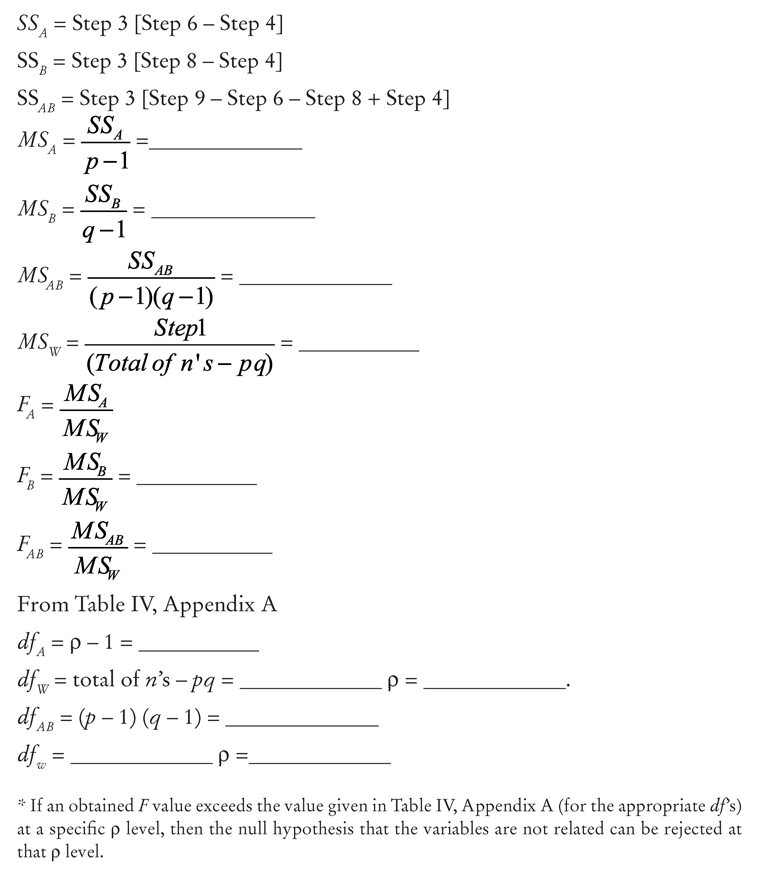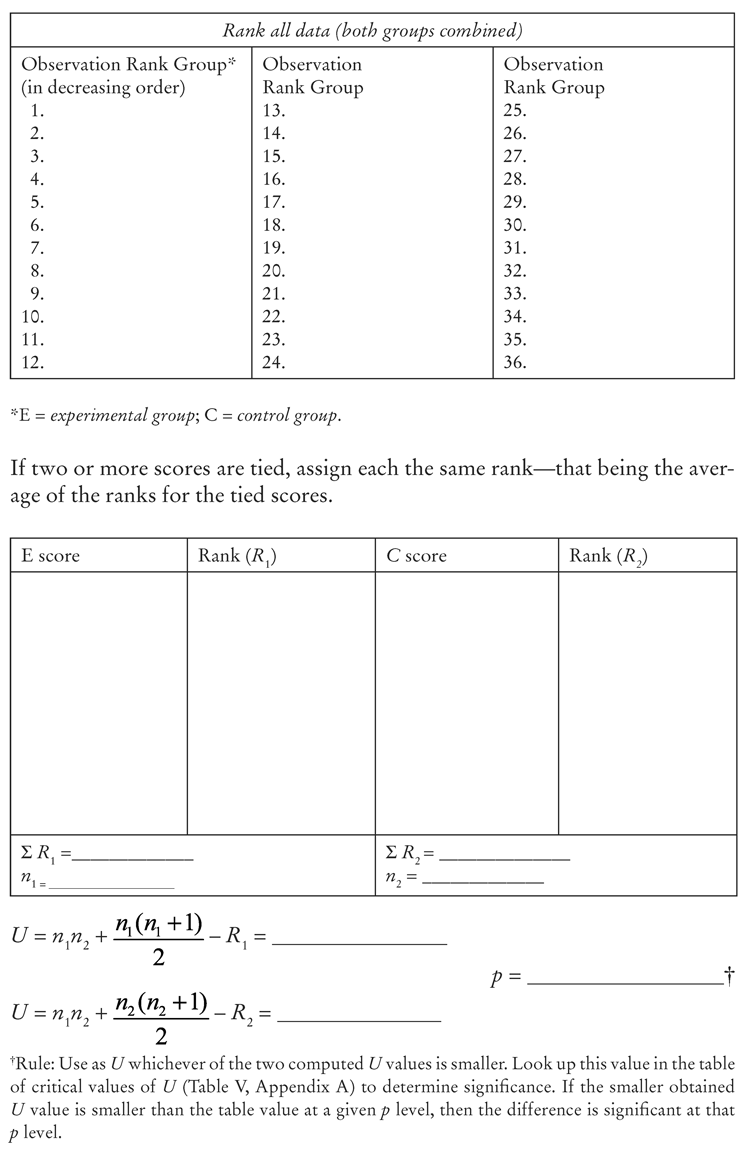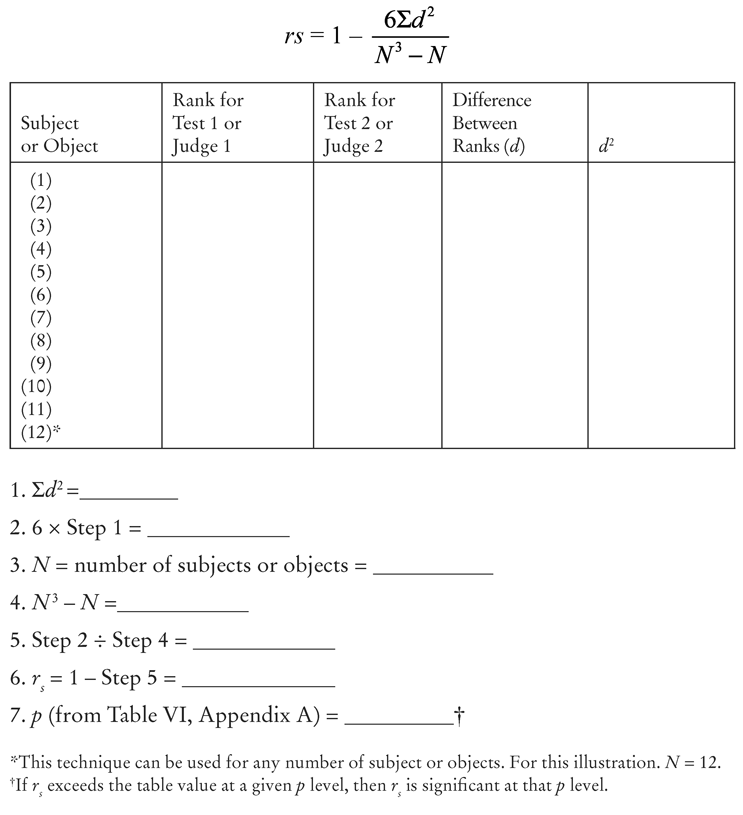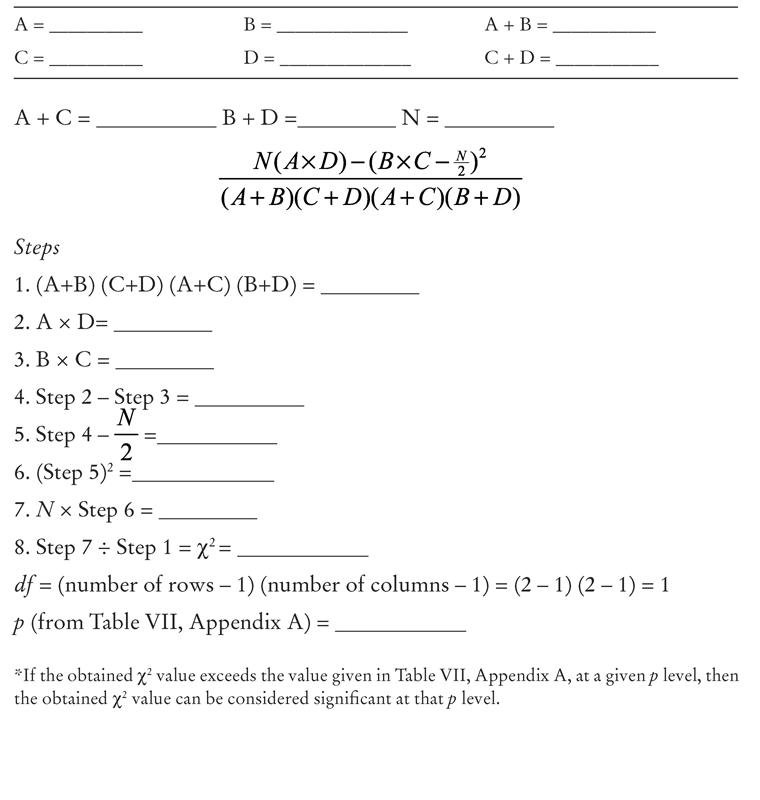Bruce W. Tuckman - Conducting Educational Research
Here you can read online Bruce W. Tuckman - Conducting Educational Research full text of the book (entire story) in english for free. Download pdf and epub, get meaning, cover and reviews about this ebook. year: 2012, publisher: Rowman & Littlefield Publishers, genre: Politics. Description of the work, (preface) as well as reviews are available. Best literature library LitArk.com created for fans of good reading and offers a wide selection of genres:
Romance novel
Science fiction
Adventure
Detective
Science
History
Home and family
Prose
Art
Politics
Computer
Non-fiction
Religion
Business
Children
Humor
Choose a favorite category and find really read worthwhile books. Enjoy immersion in the world of imagination, feel the emotions of the characters or learn something new for yourself, make an fascinating discovery.

- Book:Conducting Educational Research
- Author:
- Publisher:Rowman & Littlefield Publishers
- Genre:
- Year:2012
- Rating:4 / 5
- Favourites:Add to favourites
- Your mark:
Conducting Educational Research: summary, description and annotation
We offer to read an annotation, description, summary or preface (depends on what the author of the book "Conducting Educational Research" wrote himself). If you haven't found the necessary information about the book — write in the comments, we will try to find it.
Changes in New Edition
- More illustrations, tables, figures, and bulleted lists to enhance understanding
- More and simpler explanations of complex process
- A greater balance between the various approaches to research, ranging from experimental to qualitative, with causal-comparative, survey, and evaluation in-between
- Expanded to include additional ethical considerations when conducting research.
- Renamed Carrying out Fundamental Steps of Research
- Additional details regarding measurement and observation
- Expanded discussion of the application of design criteria
- Renamed Carrying out Quantitative Research
- Additional chapters on experimental research, correlational and causal-comparative research, survey research, and evaluation research.
Bruce W. Tuckman: author's other books
Who wrote Conducting Educational Research? Find out the surname, the name of the author of the book and a list of all author's works by series.

